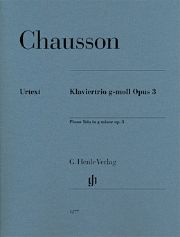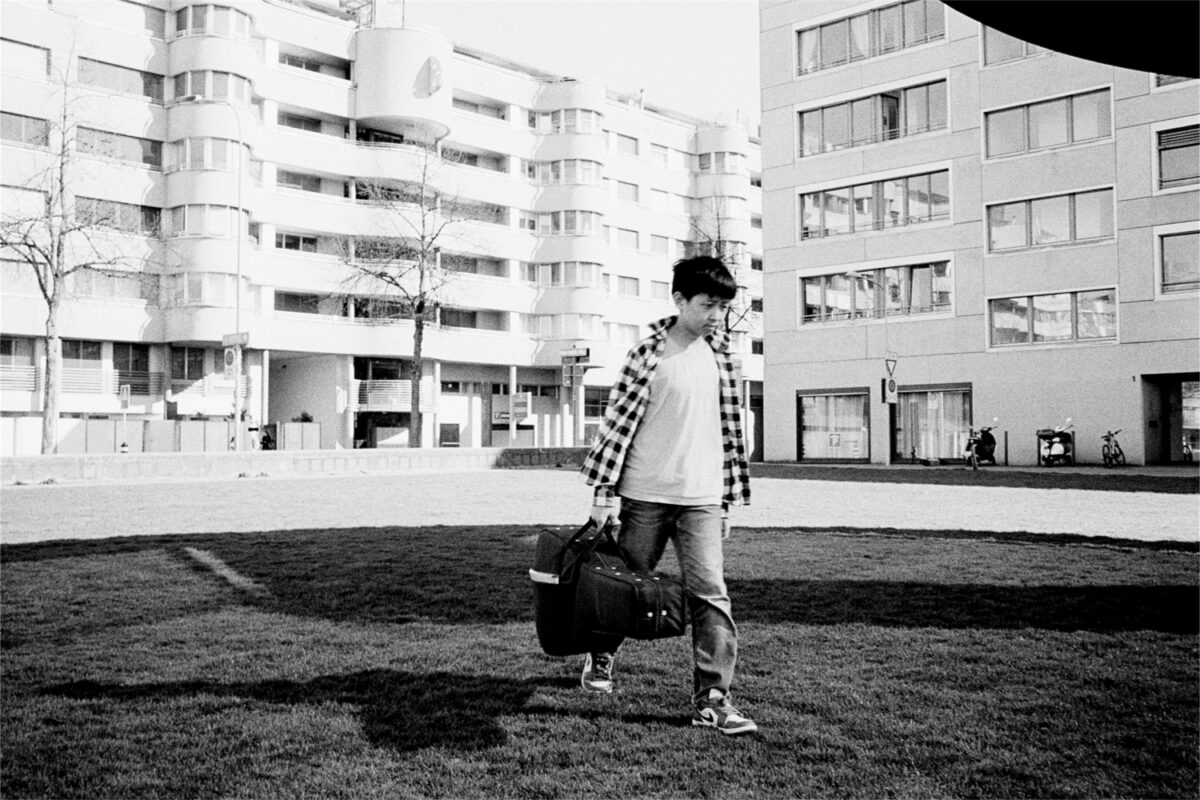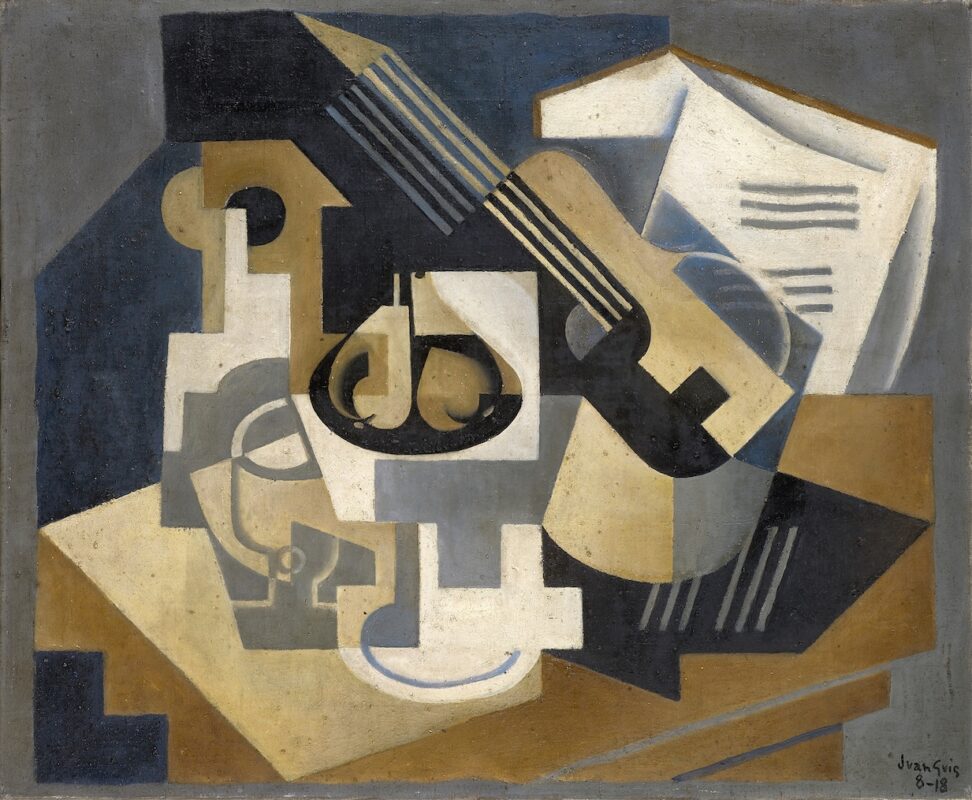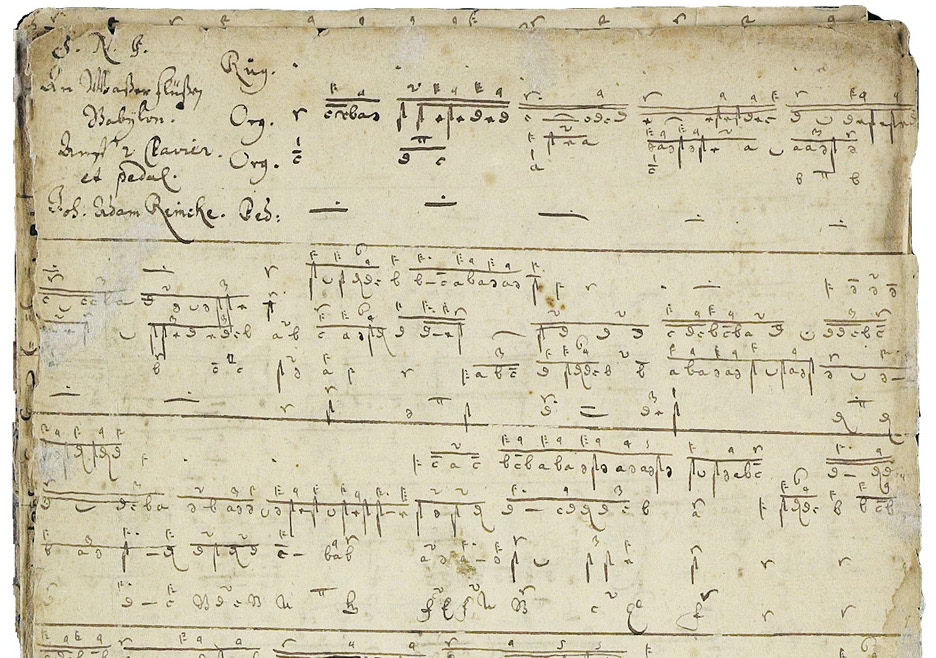Chausson's "Defiance Trio"
After a disappointment in the academic music world, Ernest Chausson came to live with his godmother in the Pays d'Enhaut, where he composed his Piano Trio op. 3.
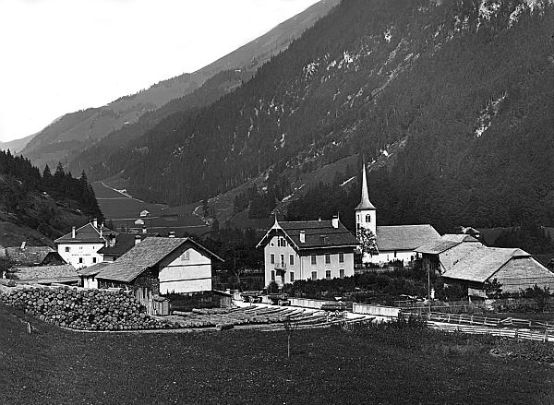
The traces of Ernest Chausson's Piano Trio (1881) lead to Switzerland: the 26-year-old composer, who had bitterly turned his back on all academic institutions in Paris after his unsuccessful application for the Prix de Rome, spent the summer at the country estate of his mentor Berthe de Rayssac in Montbovon, Canton Fribourg. There, in the picturesque Pays d'Enhaut, he began sketching and working on his most extensive and ambitious composition to date as soon as he arrived. It may also have been a defiant reaction to the defeat he had previously suffered. In this Opus 3, Chausson found himself as a composer, and it is fortunate that he no longer submitted to academic rules and was not discouraged by the initial lack of recognition. However, he subsequently showed his trio to César Franck and Emanuel Chabrier, played it to the painter Odilon Redon and took their advice to heart. The work was premiered in April 1882 at a concert of the Société nationale de musique, but was not published for the first time until 1919, twenty years after the composer's early and tragic death, by the Parisian publisher Rouart-Lerolle.
The 30-minute work with its four movements is surprisingly entertaining, in contrast to Chausson's more famous "Concerto" for piano, violin and string quartet op. 21, which is 45 minutes long. The cross-movement quoting of themes in the manner of leitmotifs in the Piano Trio op. 3, as well as the harmony, are reminiscent of Chausson's role models César Franck and Richard Wagner. However, his musical language also points to the following generation of composers, above all Claude Debussy. Ernest Chausson occupies an important place in French music!
The new Henle edition of this piano trio is mainly based on the first edition of 1919, as there are no further sources. There is no longer an autograph, only a few sketches of themes and structural models. As always, Henle's music is easy to read, practical at the turning points and even contains a dictionnaire (French/German and French/English) of the original French performance and tempo markings in each part. The indication of the time signature in the second movement in fast 3/8 time, entitled "Vite", is also extremely useful: the first bar of a counting unit is always indicated with a one. This makes rehearsing much easier! The piano part was provided with fingerings by Klaus Schilde, the string parts contain no technical indications. However, the printed phrasing sheets can largely be used as a technical realization.
Ernest Chausson: Piano trio in G minor op. 3 for violin, violoncello and piano, edited by Peter Jost, score and parts, HN 1277, € 29.00, G. Henle Verlag, Munich 2016






